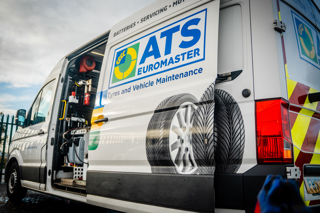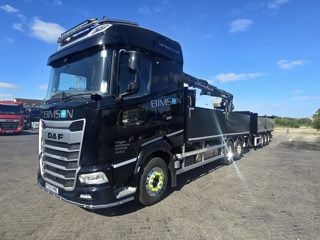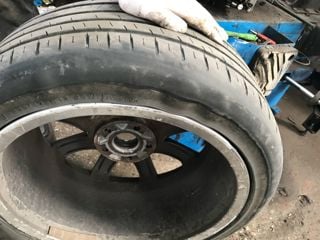The number of vehicles with run-flat tyres fitted is increasing, despite major car manufacturers such a BMW moving away from providing them as standard equipment.
The growth is being put down to an increasing number of vehicles featuring the technology as optional equipment and has been inspired by North America where run-flats are typically standard on new cars.
Peter Robb, brand manager at Continental, said: “Every year I say it’s going to be stable or drop off now but every year I get proved wrong and the market increases.”
Mercedes-Benz has now entered the run-flat market, offering it as an option on the new A-Class and B-Class.
Some manufacturers are testing alternatives to run-flat technology, however.
Volkswagen and Seat, for example, are early adopters of seal technology. This is essentially a layer of glue that is applied to the post-production tyre and costs about 10% more than a standard tyre.
The main advantage of choosing a seal tyre rather than a run-flat tyre is ride comfort.
When a run-flat tyre gets a puncture it deflates but the sidewall of the tyre holds the weight of the vehicle. The seal tyre, however, never lets air escape.
“If a nail goes through a sealed tyre the viscose layer seals round the nail so you never lose pressure in the tyre,” Robb said. “It’s still holding the volume of air needed to carry the vehicle so you don’t have reinforced side walls so the comfort factor is very good.”
The seal only covers the tread area but 80-90% of all punctures occur here, according to Robb.
It is important for drivers to monitor and check seal tyres as it is possible to drive with a nail in the tyre without knowing, whereas a run-flat tyre works in conjunction with a tyre pressure monitoring system.























Login to comment
Comments
No comments have been made yet.